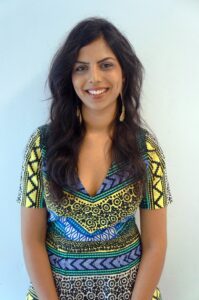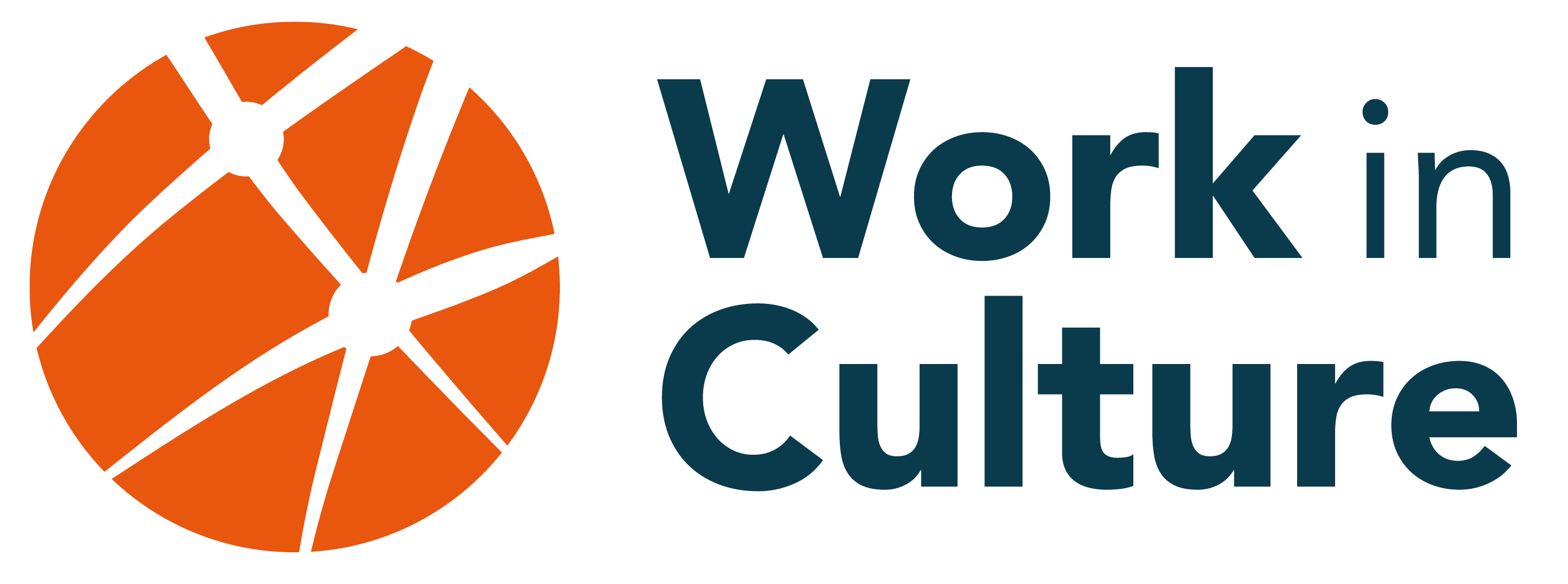
Seema Jethalal has been the managing director of Daniels Spectrum for the last four years — this includes being intimately involved in the planning and developing stages to launch the facility and its high level of community engagement since the building opened two years ago. Seema currently sits on a number of boards and advisory committees (Manifesto, Toronto Arts Council, Ryerson City Building Institute, to name a few) and has been working at the intersection of the arts, social justice, and diversity for the latter part of the last decade.
INCLUSIVE LEADERSHIP IN THE WORKPLACE – Q&A WITH SEEMA JETHALAL
Why is inclusion important to you?
Approaching everything through the lens of inclusion is critical. At the core, it’s the right thing to do, it’s reflective of the people we represent, but more than that, it’s where the best ideas come from. When we actually have people with differing viewpoints, life experience, and perspectives at the table — that are not homogenous — that’s where the best practices and philosophies are going to come from. So I think it’s hugely rewarding; it’s the right thing to do and it’s the best thing to do.
Where do you feel there are gaps or challenges in adopting inclusion? For example, we have found that programming has become very driven by inclusion but this doesn’t necessarily reflect the inclusive practices of the org on the whole. Very often, there are still gaps within the workplace operations despite strength in programming.
I feel like it’s not just the dichotomy between programming and operations, it’s also evident in front line versus senior management and board. A frustrating discrepancy where there is still lots of work to be done. I want to be as helpful as possible and I think I am an optimist, but the want is sometimes not shared across the board or completely authentic. For example, I think most realize it’s sometimes easier to get funding or to do outreach with a diverse base, but the reasoning is not necessarily shared by everyone. So how do you take an inclusive approach in this instance? What do you do when you’re not all starting on the same page? Ask — is this important to all of us? If not, let’s bring in a facilitator or two to talk about it to make sure we’re all on board because there is no point in trying to adopt an inclusive lens for everything you are doing if it is not authentic or at the core value.
What are recommended best practices when planning inclusivity initiatives?
It boils down to authenticity: if you are going to be serving a particular group (and that whole idea of serving is inherently complicated from a postcolonial perspective) in order to be very real and authentic about it, make sure that you’re not just looking for a community and making assumptions about what that community wants. You need to work hand in hand with them and consider their views at the helm of what you’re doing. It’s really the only way you can do it properly. It could be insulting and ineffective otherwise. I’d reinforce inviting people with opposing viewpoints, and also open minds, and having them at the decision-making table.
So it’s not just — let’s have a group of youth come to a focus group and help us shape this youth program. Let’s invite a couple of young people to sit on our program advisory committee, and/or hire them as staff. Maybe they don’t have the experience on paper to run the program yet, so let’s hire them in year one to be an apprentice; then in year two to be an assistant; then maybe by year three, they could actually run the program. Let’s build in those opportunities for growth and address some of the systemic barriers that have been preventing them from accessing those decision-making positions.
It’s those areas of discomfort where changes and growth happens.
Are there challenges you face when trying to approach inclusivity? How are you dealing with these challenges?
One very real challenge is trying to find the voices you are looking for and then getting them to participate in supporting your work. Several of the people whose perspectives you want to learn about may not be interested, willing or available to come to the table for a variety of reasons. They may feel over-consulted or maybe even the opposite — neglected for years past and therefore uninspired to speak up, they may be busy working multiple jobs or face language barriers or simply more interested spending time with their family versus attending community meetings. So building trust is critical, decreasing barriers is important (e.g., offering childcare and translators at meetings) and considering honoraria for participation where appropriate.
Another challenge is incorporating all aspects of inclusivity. There are still occasions where, in talking about inclusion and diversity strategies with staff who are close-minded or simply lack exposure to inclusive practices, it’s difficult to sway the thought process away from more obvious situations like gender inequity — which is still very unfortunate and very real — or ethno-cultural diversity. These modes of thinking end up becoming very tailored to popular niche groups — we often forget to pay attention to age, class, or ability, and so many other aspects of diversity which are really important and overlooked.
One of the things I’ve done to help mitigate this with my programming advisory committee recruitment process is I created a target recruitment profile matrix that has the kinds of qualifications I am looking for and then the qualities or attributes. For example, from a qualifications standpoint, I may want to make sure I had someone who is a veteran in the arts sector and understands performing arts from a professional standpoint, but also someone who was a youth worker or lawyer. And then from the qualities standpoint, I want to make sure that a certain percentage of people in the group are under a specific age, that at least a certain percentage are people of colour, that at least a certain percentage are women, that a certain percentage are from Regent Park, this many people with these types of experiences, and so on. Then it was not just deciding by myself, but working with folks that I trust from some of these circles to vet these individuals.
Can you share a personal anecdote around a positive experience with inclusivity?
One of my staff (Lisa Smart) is excelling as our Programs and Outreach Coordinator at such a young age and has become such a core member of our team. She came to us through a 10-month internship program with a local community partner and we were blown away at her insight into authentic community engagement — something Lisa didn’t realize she excelled at herself until she tried her hand at it. It became clear very quickly that continuing to employ Lisa after her internship ended as a member of our full-time team at Daniels Spectrum would be an invaluable asset — it meant that our organizational ideas, programs and policies were more authentic and more reflective of the needs of young people like her in the community. She is now running her own programs and managing her own staff! What some might perceive to be a risk in hiring an emerging professional, almost fresh out of school, with little formal experience in a formal work environment, we saw as a valuable opportunity. We’re thrilled not only with the result she’s had on our programing and operations but also the way she has influenced the way my colleagues and I approach our work!
What resources would you recommend?
In terms of other resources and tools I think we are very quick to ask what sort of toolkit exists, but we often overlook that we have access to incredible human resources. We’re not reinventing the wheel here — there are certain organizations and collectives that have done this well. And if we can take cues from First Nations tradition — you don’t read about histories, they are passed down through oral tradition – and I think that is just as valuable if not more so to actually figure out how to be inclusive. For me, it’s been learning how to be inclusive from my elders in that sector.
Honestly, just start talking to someone about inclusivity and I’m sure they’ve been inspired by someone they can recommend. Some of the folks I’ve been deeply inspired by include Kenneth Slater from Dixon Hall, Nation Cheong from United Way, and Che Kothari and Ryan Paterson from Manifesto.
